We are all surrounded by stereotypes, so when we hear the word “triathlon” we imagine serious men in track suits or dry girls with pumped abs and a rich sports background. The heroine of our interview today is fitness blogger, Reebok ambassador Anastasia Tukmacheva, who took her first triathlon start in the summer, and is already looking to the future with confidence and is ready to take a swing at a real Ironman.
Nastya is the best proof that intensive training will not only not harm your figure, but will also help you maintain a beautiful feminine relief, and an ambitious goal like overcoming the “iron” distance will only add a playful sparkle in your eyes.
We met with the heroine of our material right after her master class at the festival “Reebok.Become Human” in order to learn more about the specifics of her training and how to start your way to a healthy and beautiful body.
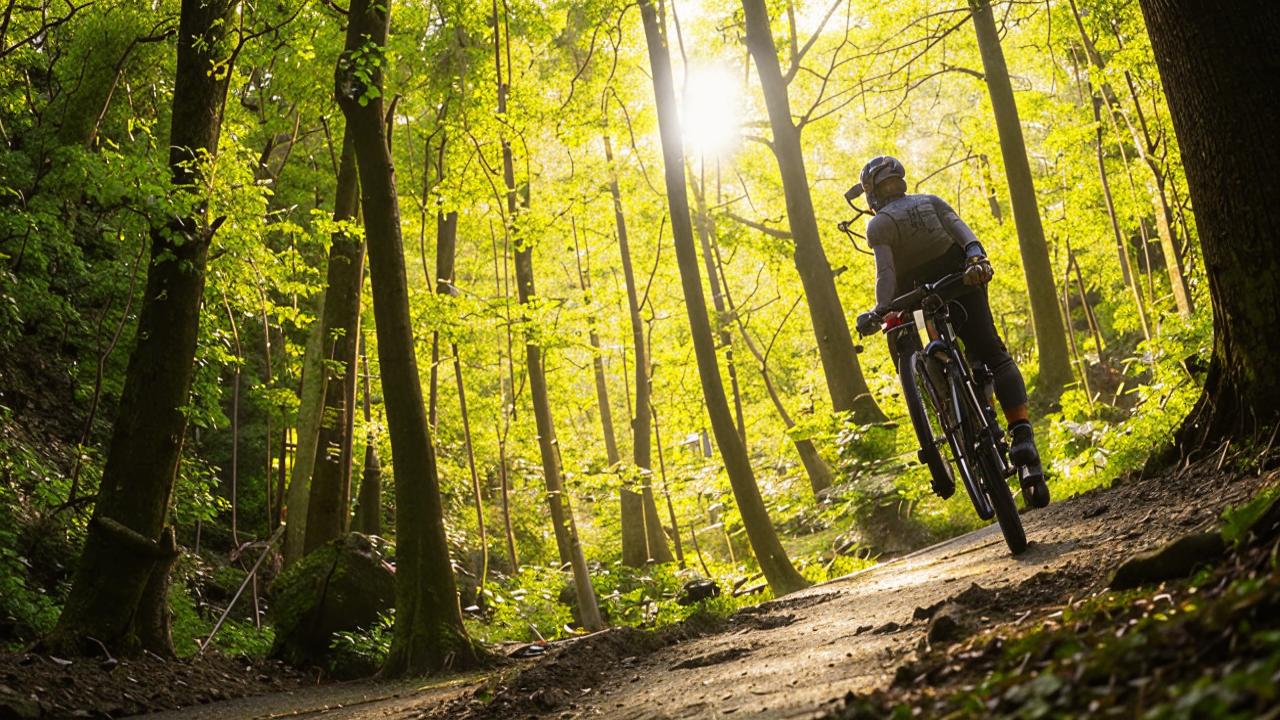
– Let’s start, perhaps, with the most important question: how did such a fragile and petite girl decide to start doing triathlon?
– It all started with the offer of the sports school “iloverunning” to learn to swim crawl in a month. I love sporting challenges and immediately agreed. A month later I came to the school’s headquarters for some lecture and saw on the wall a training plan for the Ironman half Ironman distance. It seemed like a pretty ambitious and difficult (almost impossible at the time) goal that I lit up. It clicked in my head and the decision to participate was made.
– What was your base and training at the time of your first triathlon training?
– I came to triathlon from running. I ran my first half marathon in August 2016, having trained for it on my own for three months. It was the same “I can do it” story. Then there were three more half marathons, a passion for Crossfit and strength training in the gym. I also participated in a challenge run, “Reebok. Become Human.”
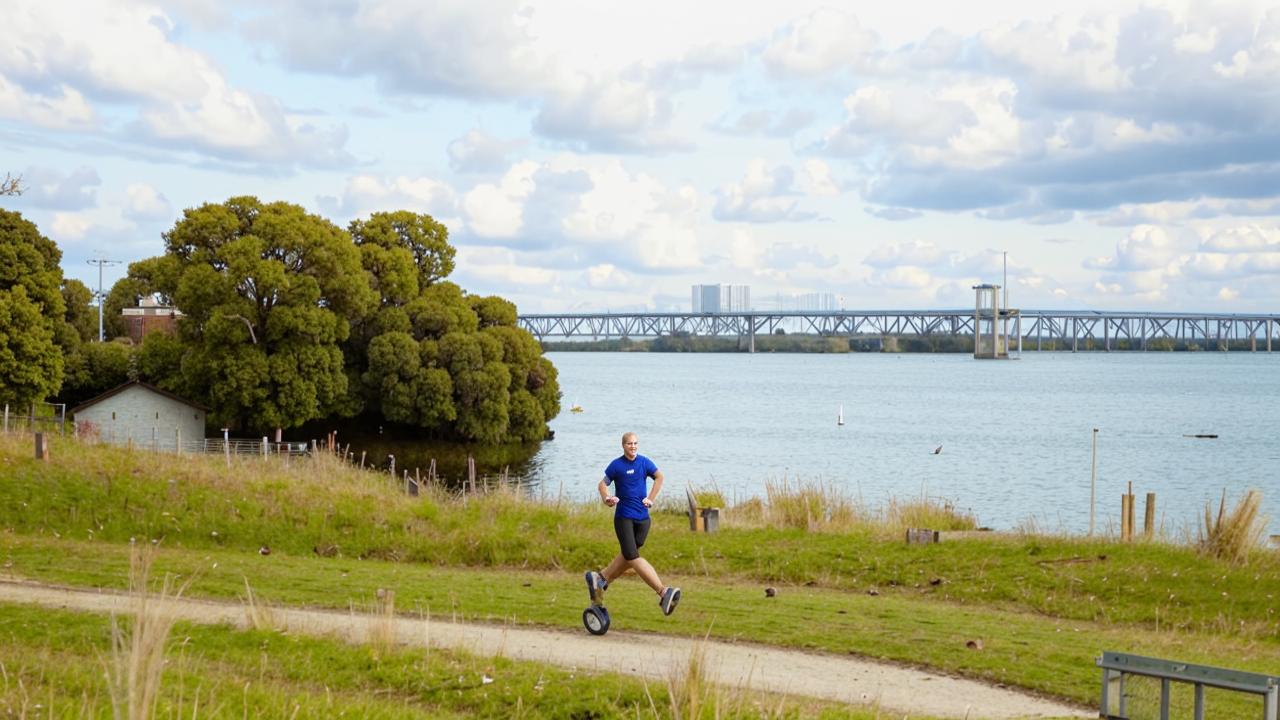
– Many business people come to triathlon to “pump up” their business skills, learn how to distribute themselves on the course and in life, become more resilient and productive. What qualities did triathlon help you discover in yourself and do they help you in your regular life?
– Triathlon helped me to strengthen my belief in myself and my strength. The Ironman motto is “Anything is possible” – yes, it is. We don’t even realize the potential that lies within each of us. A goal that seems unattainable and impossible can be achieved, it’s just a matter of time and perseverance. Perhaps this sport can seriously expand your horizons. Overcoming ourselves, we grow in every sense: not only physically we become stronger, but also psychologically and morally.
– Which of the disciplines in triathlon is the most difficult for you?
– Swimming is the worst, but it’s also a matter of time and training. There is nothing complicated here.
Plávanie
– Did you swim before you started doing triathlons?
– One month. It’s hard to call it swimming: it was more like I was keeping on the water.
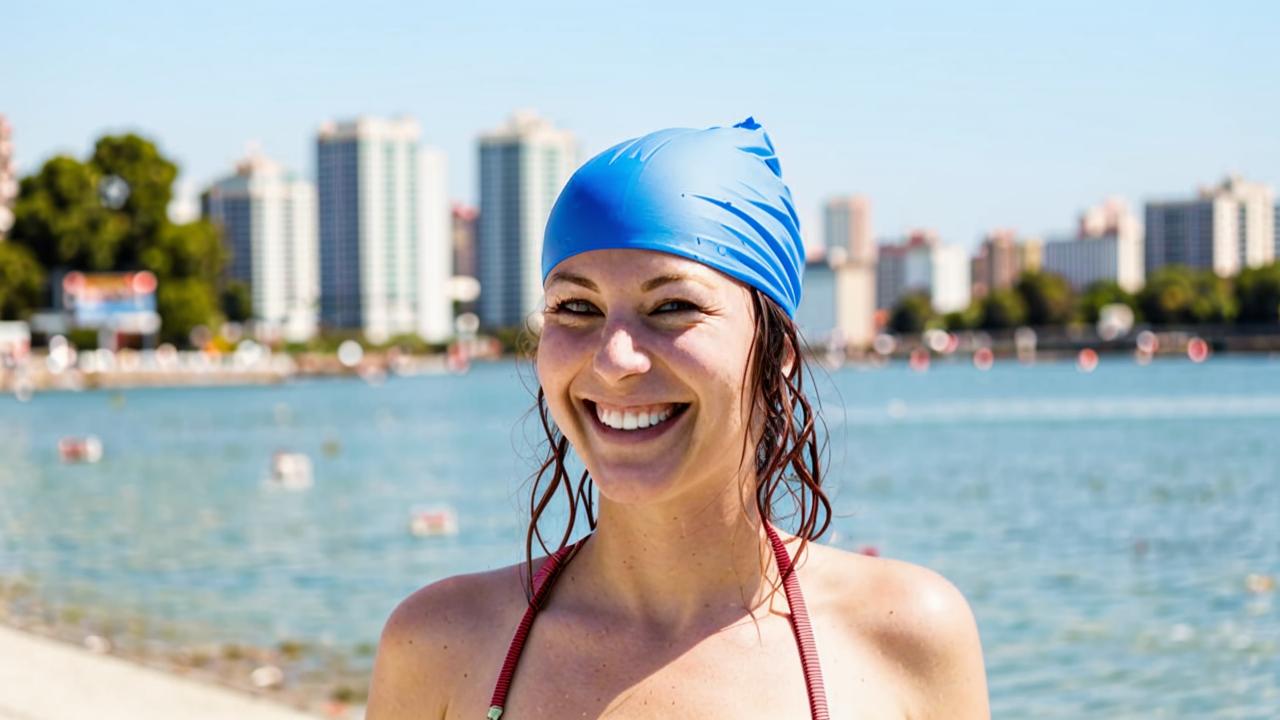
– How regularly do you train in the pool?
– Two times a week.
– As for swimming technique, how important do you think it is to swim correctly right away?
– First you have to stop being afraid of the water, to feel that you are not really sinking, it holds you. Once you feel this moment, you can move on to technique. Of course, it is important and comes only with many hours of experience. Coach Roman Bauer helped me.
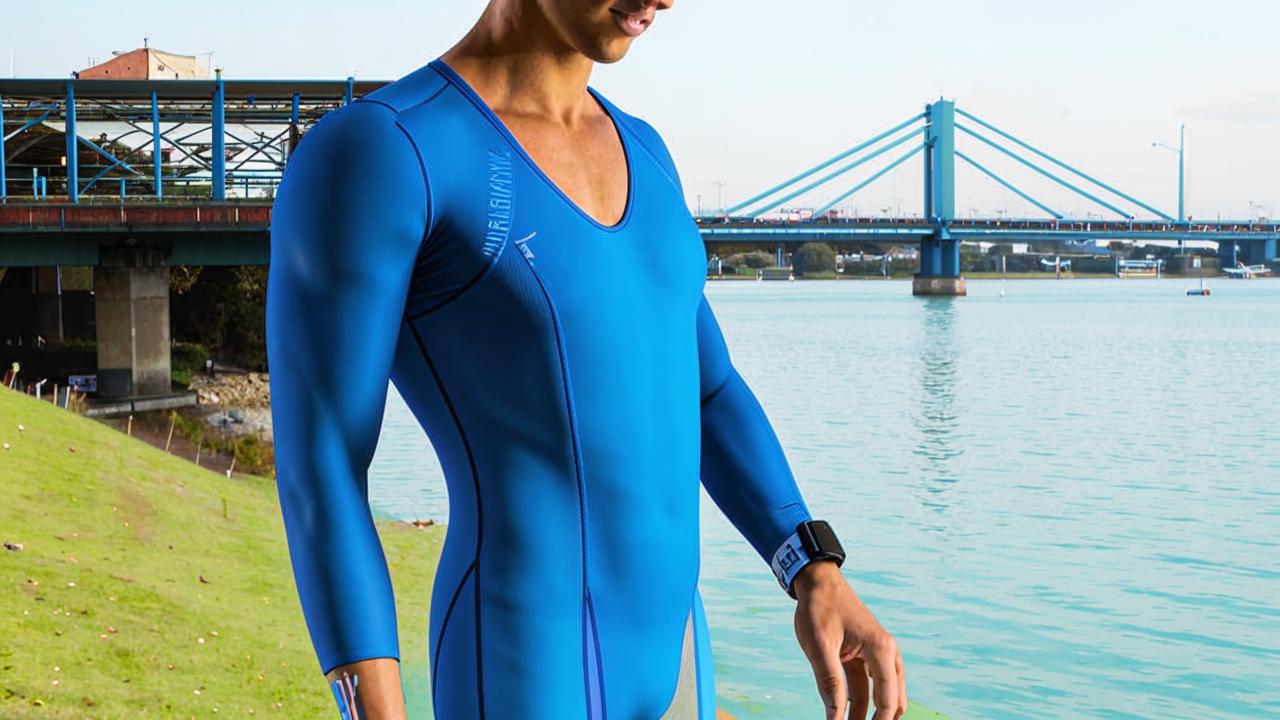
– Do you have any favorite exercises that can be done on land to prepare for swimming?
– I don’t, but my coach does(smiech)). It is a set of exercises with a rubber harness, for example, and nowhere without warming up the joints.
– What were your first impressions of open water swimming? How difficult was it, what was most embarrassing?
– It was very exciting. For the third time in my life I wore a wetsuit that choked me, my goggles broke a second before the start. The waves were constantly hitting my face, it was impossible to breathe, there were hundreds of arms and legs in the water, it was like spawning fish. I waited for the wave of fast competitors to subside so I wouldn’t get hit on the head.
– How do you feel in a wetsuit now?
– I’m not very comfortable in a wetsuit, although it’s also a matter of habit and practice. In warm water, I think you can easily do without it. They say that it is faster to swim in it, but you have to take it off in transit, and that takes time too.
– They say that to take off a hydrik is a more difficult task for someone than to swim in it.
– If it’s cold outside, it can be really difficult to take it off with frozen hands. Otherwise, just put some Vaseline on your wrists and ankles before putting it on, and you can easily slip out of the wetsuit.
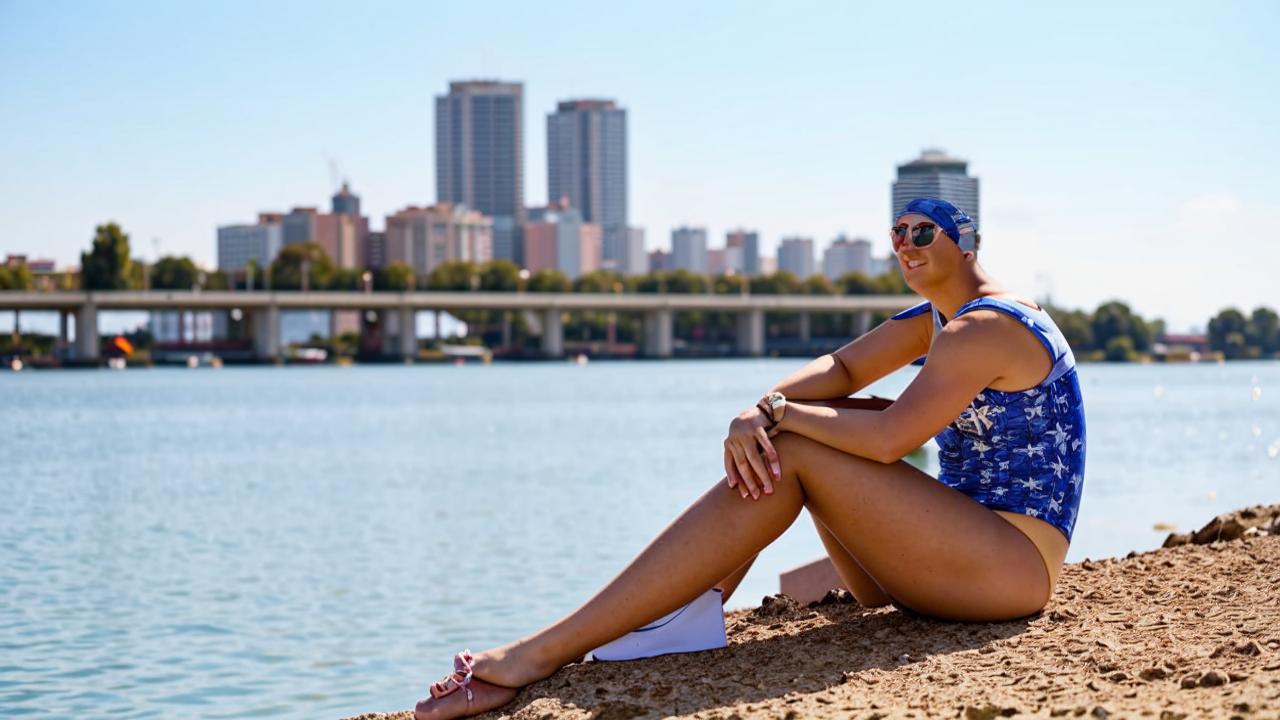
– Why is it cooler to swim in a starter suit than a swimsuit? Or how else to recognize a beginner at the start?
– Save the swimsuit for the beach. Swim, ride and run in the same start suit, unless of course you are competing and not participating in a triathlon fashion show(smiech)). The starting suit has a cycling diaper for the cycling stage, and in general the fabric is not much different from a swimsuit and dries quickly. And a beginner at the start, in addition to a swimsuit, is distinguished by knocking teeth and crazy eyes.
– What is the minimum equipment needed for training in the pool and for the first start?
– For the pool, a swimsuit, cap, goggles, calabashka and board are enough. For the start, a wetsuit, Vaseline and a bag (to put it on easily).
– Was this season the first in your triathlon history? What starts did you manage to make and what distance do you plan to aim for next year?
– Yes, this was the first season. In March 2018, I went on a 10-day camp to Cyprus and at the end I did my first Sprint in a local competition. This was my first step into triathlon. Prior to this trip, I had never sat on a road bike and had never worn a wetsuit. Nevertheless, I completed the course in 1 hour and 42 minutes with no casualties. Thanks to my coach for that. Next was a series of IRONSTAR starts: 1/8 indoor competition in World Class, 1/8 in Sochi, where I improved my time – 1 hour 32 minutes, 1/4 in Zavidovo – 3 hours 2 minutes, and, finally, the cherry on the cake – 1/2 in Kazan in 6 hours 17 minutes.
– They say that now triathlon is not just a sport, but a fashion, a trend, if I may say so, even a lifestyle. Do you agree with this statement? How has your life changed since triathlon came into it?
– It’s a cult. I’ll tell you this: after the first start you will run like a bite and want more. Triathlon trains your ability to allocate your energy. This skill comes in handy not only in sports, but also in business and in life. It often happens that, having started some business, we are on fire with an idea, rush to fulfill it and run out of steam, give up before the results. And so it is here: if you “push” at the start, give your best at once, you will not see the finish line. This sport trains perseverance, endurance, hardens character. You also need to have a high degree of self-control in training – the result depends only on you.
Cyklistika
– Did you ride a road bike before you started triathlon? Can you describe the feeling of your first ride?
– No, I only rode a regular bike “with a basket”. As soon as I got on, I fell right off. Learning to get on and off the contact pedals was a challenge. I was afraid that something or someone would suddenly get in my way.
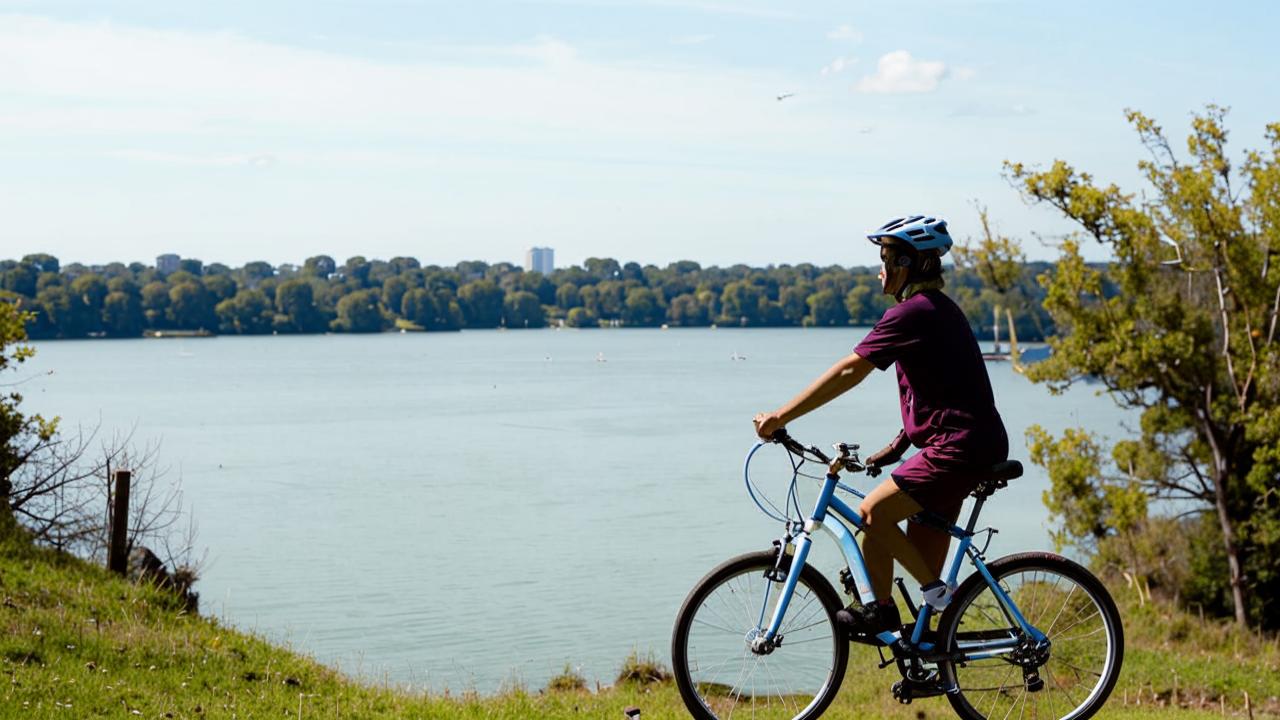
– How did you learn to ride contact pedals? Were there any bumps or falls? Or did you learn more or less right away?
– I learned with coaches. The first day of learning contact pedals was devoted exclusively to falls, I bruised all my legs, knees and elbow. By the evening I rode alone, but felt extremely insecure.
– What’s the most important thing when riding contact pedals? I mean, even psychologically it’s hard to imagine your feet strapped to something.
– It’s a matter of habit. Over time, you stop thinking about it. I advise beginners not to strap one leg on at first, especially if there is a potential obstacle in the way.
– How do your cycling training sessions go: is it in the hall and on the street or just riding on the cycle track?
– As long as the weather permits – street, with the onset of cold weather I move to the triathlon center and work out on the Watt Bike (a special simulator that imitates a road bike).
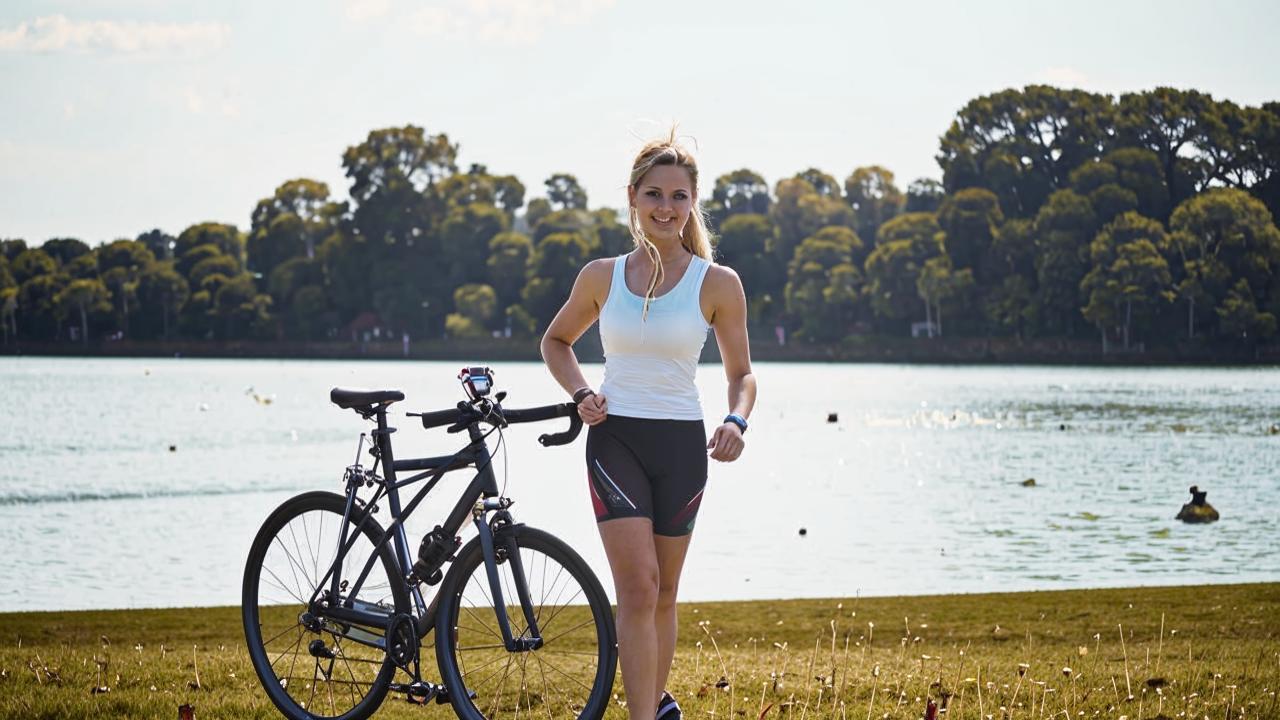
– What should you pay attention to when training at the gym? Number of kilometers, power, watts?
– All of the above. We have different training sessions: on pedaling technique, on power, on kilometers. Usually once a week we roll “volume” – from 70 to 120 kilometers per training session, depending on the goal for which the athlete is preparing.
– What is the minimum set of equipment needed for the cycling stage?
– Bike, starting suit, helmet, goggles, number belt, water flask, sports nutrition (gels).
– What is the most important thing you need to buy before getting on your bike?
– Of course a helmet. If it’s a road bike, you won’t go anywhere without cycling shoes, and you also need goggles. And, of course, cycling shorts.
– What’s easier for you: swimming or cycling?
– Of course, the bike! It’s all I dream about while I’m swimming.
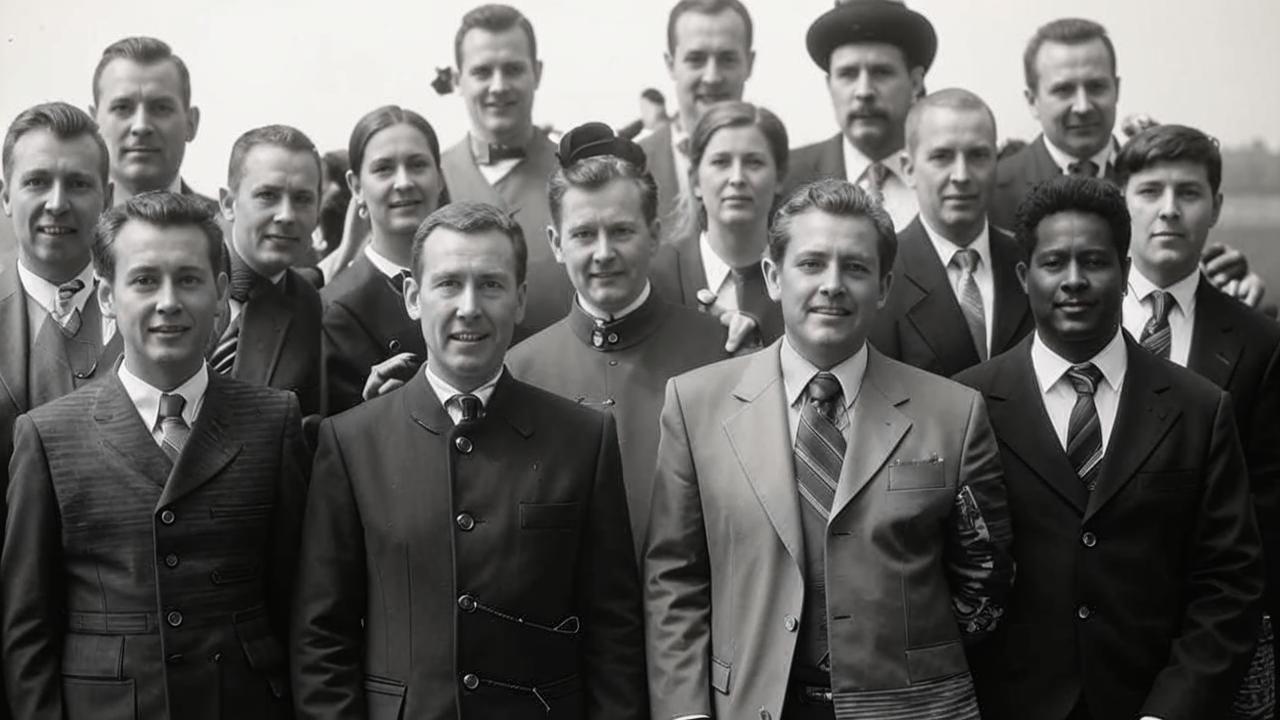
– What is the maximum speed you reached during training?
– Honestly, I haven’t measured the maximum, but the average is somewhere around 30-32 km.
Beh
– If you could rearrange the disciplines in a triathlon, would you leave the running stage at the end or move it?
– I’d like cycling first, then running, and swimming at the end: it would be great to take a dip after running. But seriously, everything is in its place.
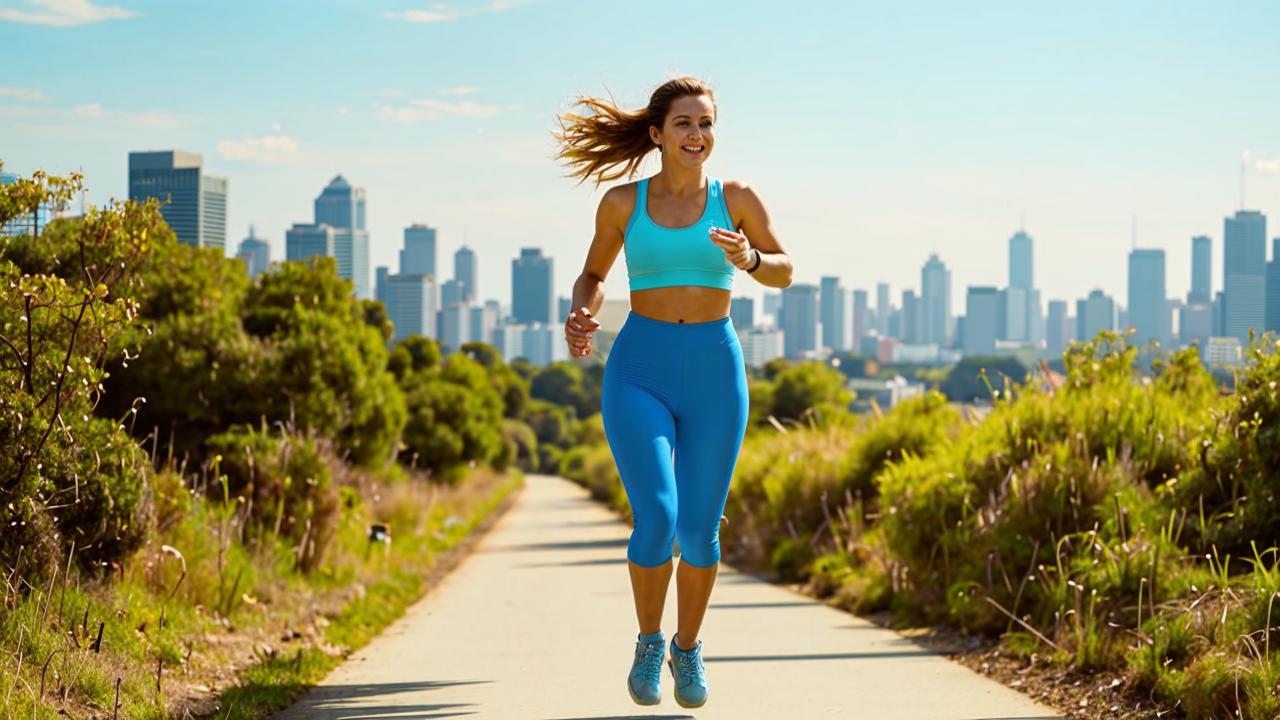
– How do your running workouts go?
– I love long-distance running and I don’t like sprints, training with accelerations, although they are the most “working”, as they develop endurance.
– How important is it to run in the right running shoes?
– Very important. It’s important to know everything about your foot placement when running, pronation, to choose shoes and make insoles. This will keep you safe from injury.
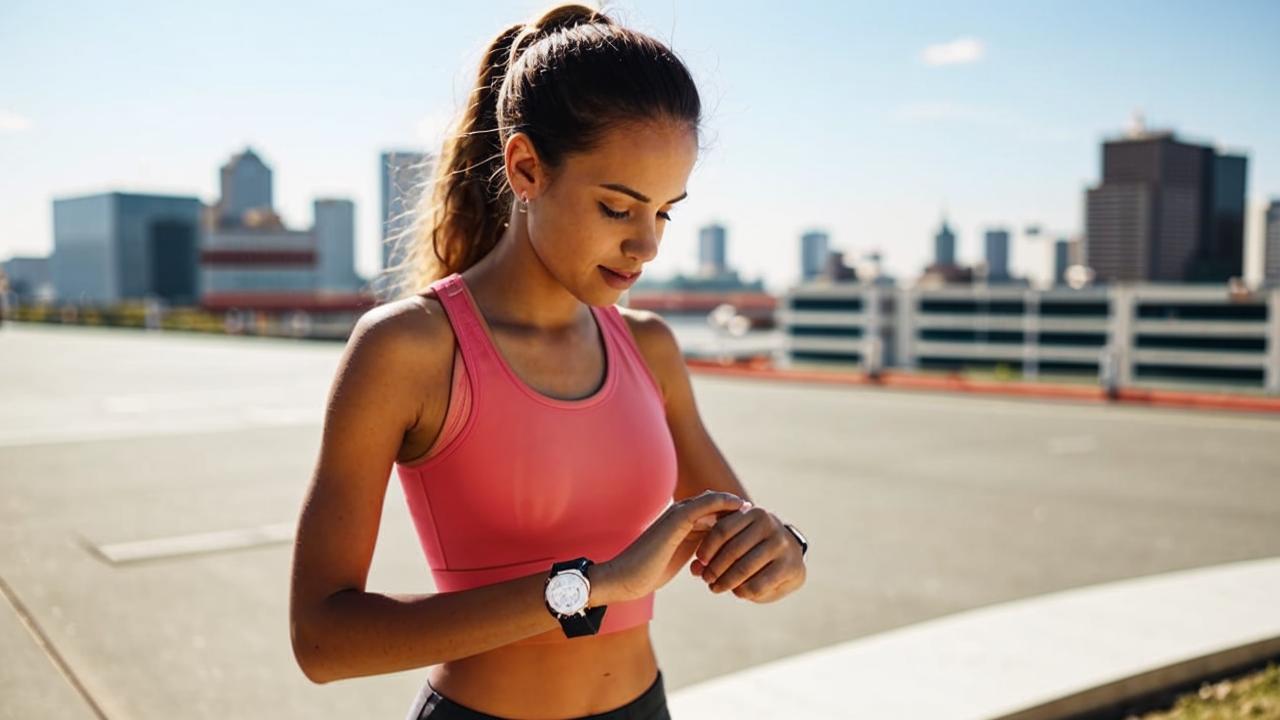
– How important is general physical fitness during a triathlon start? Is it worth working out in the gym or is all you need to do is swim, spin and run?
– A triathlete’s training plan should definitely include circuit training and strength training in the gym. The body must be developed harmoniously.
– Do you plan to take a swing at IRONMAN in the future? If yes, where would you like to do it?
– Yes, of course!!! Any triathlete dreams of doing it. I will do a full Ironman next year, almost sure to be in Barcelona.






